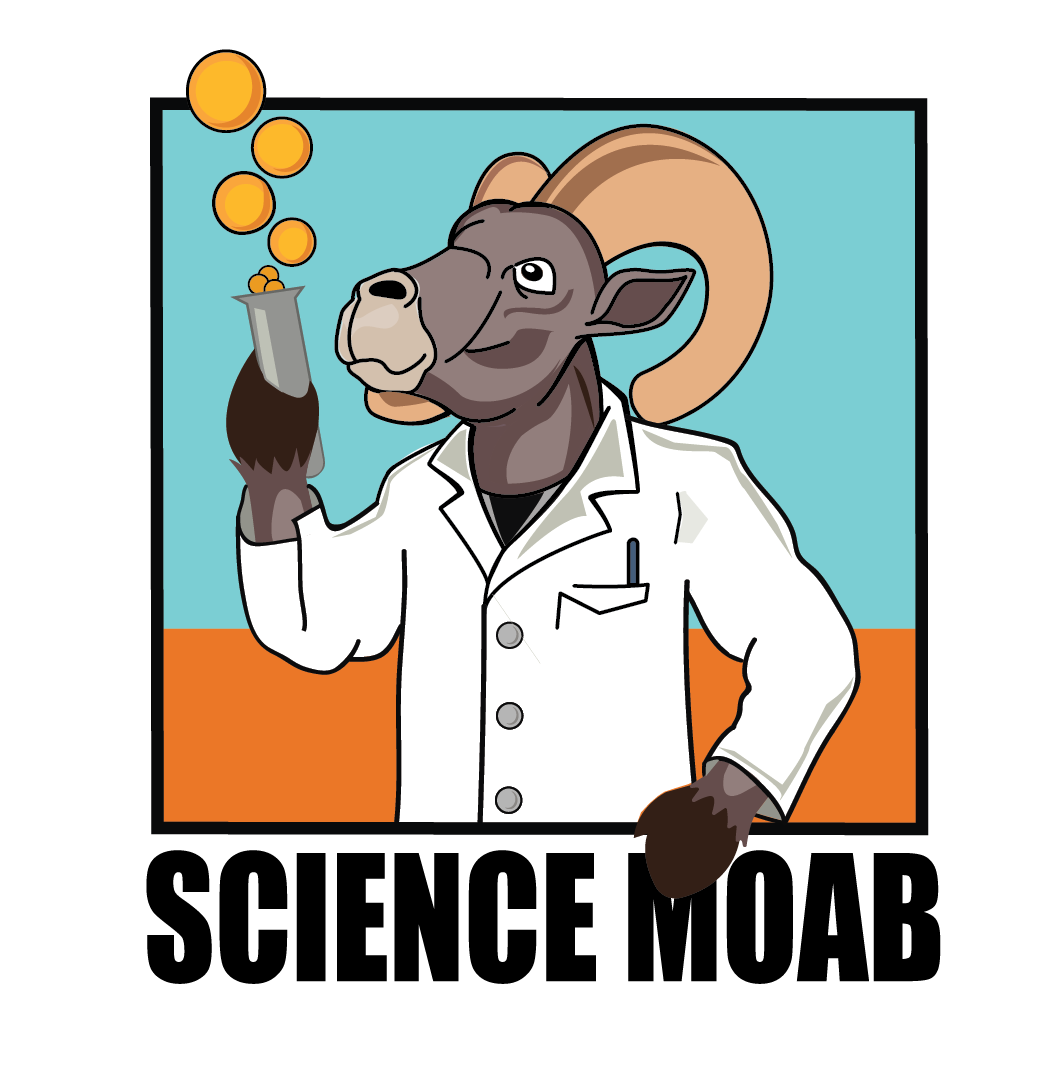Some information may be outdated.
Dr. Kate Magargal is an anthropologist at the University of Utah who combines archaeology and ecology to ask about how people in the Southwest interacted with the landscape around them.
She joins Science Moab to explore pinyon-juniper woodlands: what people have used them for in the past, what they’re used for now and how the use and management of these landscapes have changed. We examine what these findings could tell us about how to manage our landscapes into the future.
Science Moab: What is “human ecology”?
Magargal: In the most basic sense, human ecology is just the way in which humans went from individuals into a globalized society, like we have today. How humans interact with environments can take many different forms. The form that I look at specifically is resource extraction in subsistence and foraging economies. I’m interested in how people’s collection of firewood and thinning of fuel loads in different types of woodlands actually contributed to the fire regime. [“Fire regime” is a term describing the regular pattern of wildfires in a region, including their frequency and intensity. – ed] How might we use some of that information to better manage some of the wildfire issues that we have today?
Science Moab: Can you tell me a little about some of these prehistoric small-scale communities that you study here in the area?
Magargal: I have an ongoing archaeological project near the Dolores River. In that Dolores triangle area, there’s a lot of canyons and plateaus and mesas, creating a high level of ecological variability. Most of the archaeology that we see out there are hunting camps or food processing camps where we find tool flake scatters. We also find lots of grindstones, which indicate surfaces where people were probably grinding seeds or other food materials just to process them a little bit on site as they collected them. We find ash-stained soil and evidence of prehistoric campfires. The picture that is painted is a pretty light use of the land. In higher elevations in the juniper-pinyon woodland, we found the densest archaeological site presence, which is interesting because it’s actually further away from water sources.
Science Moab: Why do you think that you’re seeing a lot of use in these upland woodland areas?
Magargal: I think it’s partly because the woodland environment offers more objects that people needed. Firewood is an important part of cooking, but things like pine nuts also were a big deal. So they were strategic places for people to have a base camp where maybe they would have to go a little way to access water. Perhaps there was some sort of daily route or another kind of logistical set up where people could access water, but then they wanted to be close to some of those woodland resources too. Fire is a really big piece of that because there’s a lot of sort of stigma against intentionally setting fire to places from the European perspective of later settlers. In a lot of places where we think traditional burning was probably happening in the intermountain West, we don’t actually have a continuous version of that practice to observe. That being said, people in the Great Basin that we’ve talked to certainly talk about setting small-scale fires, not things that are destroying trees but just burning off the duff and the grass underneath pinyon trees, which actually allow the nuts that drop to be more easily seen and gathered.
The challenge with a lot of archaeology is that you never have a clear picture. You have to try to build a story from what can be really sparse data. You have to be really clear with your assumptions and what you can observe in the present and how these may or may not be the same in the past and then go from there.
This interview has been edited for length and clarity. To learn more and listen to the rest of Kate Magargal’s interview, visit www.sciencemoab.org/human-interactions-land.
Science Moab explores “human ecology” in pinyon-juniper forests
Appreciate the coverage? Help keep local news alive.
Chip in to support the Moab Sun News.





